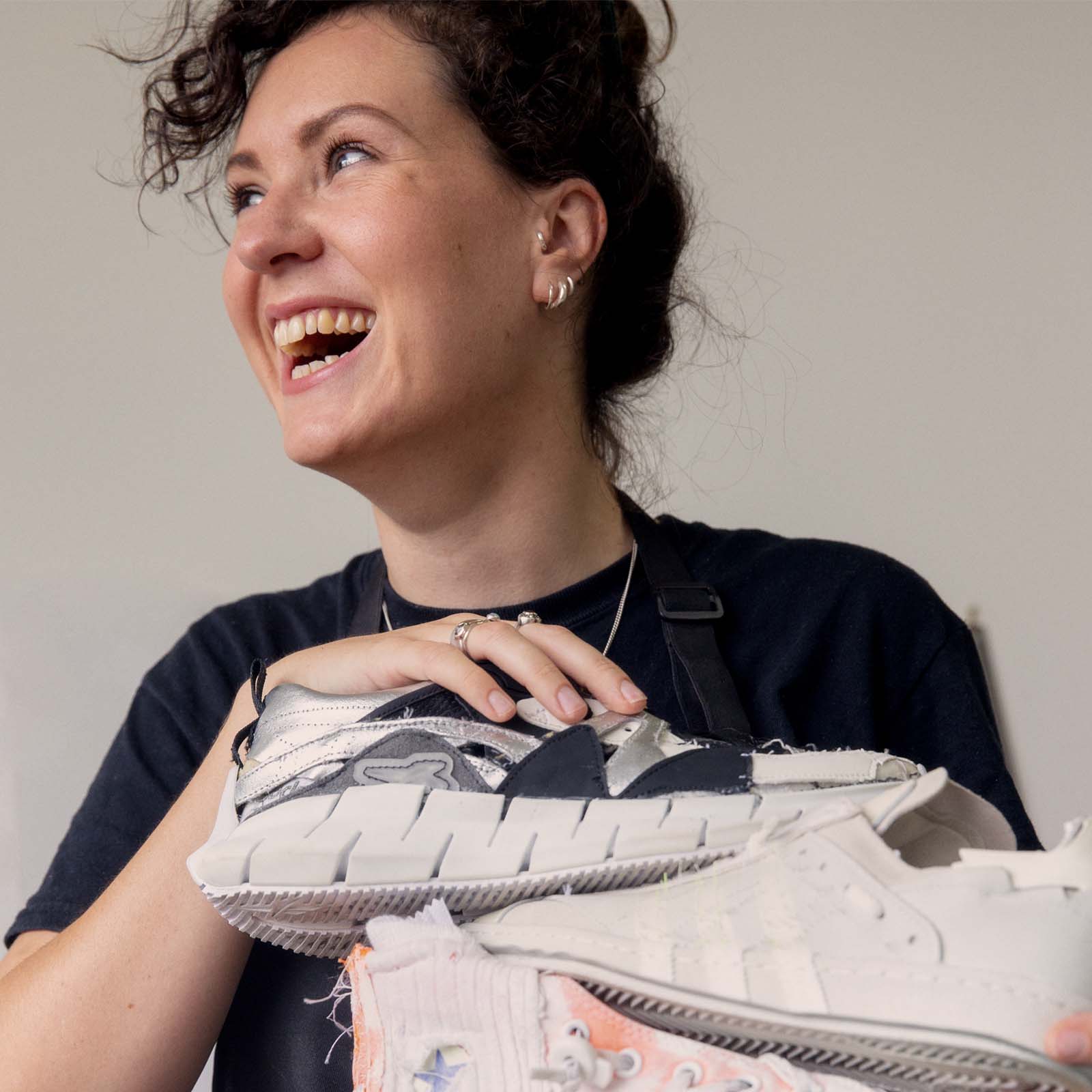
Positive psychology
A business’ name can have an immediate, deep and lasting impact on customer perceptions. A study by psychologist Michaela Wänke found consumers used names ‘diagnostically’ to shape their perceptions of hotels, even after seeing info on their features, guest testimonials and images. And changing a single vowel can transform its psychological leverage – a 2004 study saw an ice cream named Frosh being rated as richer, smoother and creamier than another named Frish, despite them being the exact same product.
Securing trademarks and availability
It’s surprisingly common for small businesses to find themselves in time-consuming trademark disputes before being forced to rename, having already invested resources in their identity. Here’s a checklist of things to consider before you get too attached:
1. Start with a search on your search engine of choice. Are there any potential conflicts? Do you infringe on any big players?
2. Then scour the relevant trademark databases, including both your national database and the World Intellectual Property Organization database.
3. Next, check domain and social handles are available using namechk.com and claim yours early. Exact matches are helpful but not essential – you might need to add tweaks like ‘app’ or ‘art’. Aim for consistency across platforms.
4. Consider hiring an intellectual property professional to help you with a trademark application. Fees can range from a few hundred to a few thousand dollars, but could save you far more down the line. Owning the trademark gives you the peace of mind to invest in building a brand around your name.
The risk – and reward – of association
Though plenty of brands opt for conjuring new words up, choosing an existing word and riffing off its pre-existing connotations and associations remains the popular choice. That extends to provocative names that grab the attention and start a conversation.
And don't forget...
Phonetics.
Your name needs to sound good and roll off the tongue so that consumers are more likely to remember it and talk about it. Consumers derive semantic value even from seemingly meaningless sounds. This isn’t an exact science, but how does your name feel phonetically?
Does it work internationally?
Could it have unintended meanings in one of your target markets? Test it out in a range of global languages. You never know where you might expand to.


Case study one: United Sodas of America
The name United Sodas of America emerged from what co-founder Marisa Zupan describes as an unconventional process. During her career as a brand strategy consultant, Marisa would extensively map values, visions and functional requirements and find a name that ticked the boxes, a process she saw as conducive to blandness. This time, she flipped the process, choosing a name and allowing it to drive the brand.
‘We liked the fact it was almost a provocation – it was a name that we had to live up to,’ says Marisa. The result? Something that taps into the special place soda occupies in the American psyche. ‘It very clearly puts soda right next to the idea of America – that in itself is a subconscious association a lot of people have. We’re bringing it to the forefront,’ she explains.
The company did not seek much wider feedback on the name in the early days. Presenting a name in isolation can be an artificial process, which doesn’t replicate the psychological impact it’ll have when it’s embedded within its wider branding. ‘We wanted to make sure we weren’t squashing our own idea,’ she says. ‘Too much consumer validation too early in the process can sometimes lead you astray.’ While it’s important to do some risk assessment and explore the variety of connotations, it can’t stifle your creativity. As Marisa maintains, ‘balancing risk assessment with doing something different and surprising – that’s ultimately one of the biggest challenges of developing a new brand.’
Nonetheless, the name was potentially risky in a climate where Trump’s ‘Make America Great Again’ slogan is so polarising. That’s where the company’s wider branding plays a crucial role in balancing the name, nurturing certain connotations rather than others. Steering clear of stars, stripes and bald eagles, the company uses branding to conjure a sense of ‘united’
as ‘variety coming together’, rather than homogeneity. The branding is minimalist and modern with a vibrant, diverse palette.


Case study two: Nude
Nude is a financial tech startup that helps people save for their first home. When choosing a name, the fledgling company used organisational tool Milanote to brainstorm words related to key values such as transparency and fairness. ‘I had the team feeding words into these boards that felt relevant to our values,’ says Marty Bell, Nude’s co-founder and chief marketing officer.
The team used online form software Typeform to get feedback from 150 friends and family on its top five contenders, evaluating perceptions of trustworthiness and friendliness. Nude came out on top. The name has sparked conversations, eliciting comments on Twitter ranging from ‘worst name ever’ to ‘genius name’, according to Marty. ‘It creates a conversation that gets people talking about us, gets people tweeting about us who wouldn’t have if that wasn’t our name.’
Crucially, the name is not gratuitously offensive and it reflects the company’s values and product. Marty says ‘Nude’ evokes the company’s ‘transparent’ business model – it keeps a fraction of the interest it earns taking care of savings – and the clarity it gives savers in seeing how short-term spending impacts long-term saving goals. ‘It’s not trying to be over the top,’ says Marty. ‘It’s just trying to hint that we’re different.’ It’s also sufficiently open-ended that it won’t limit the company as it expands beyond saving for homes.
Choosing a risqué name has brought challenges. The domain name nude.co.uk had previously been used as a porn site. Marty had to contact internet service providers to have the name removed from blacklists, and may have to find a way to circumnavigate email spam filters when the company moves to the new domain. Did the company consider changing names amid all that hassle? ‘Definitely not,’ says Marty. ‘We all absolutely love the name now.’

